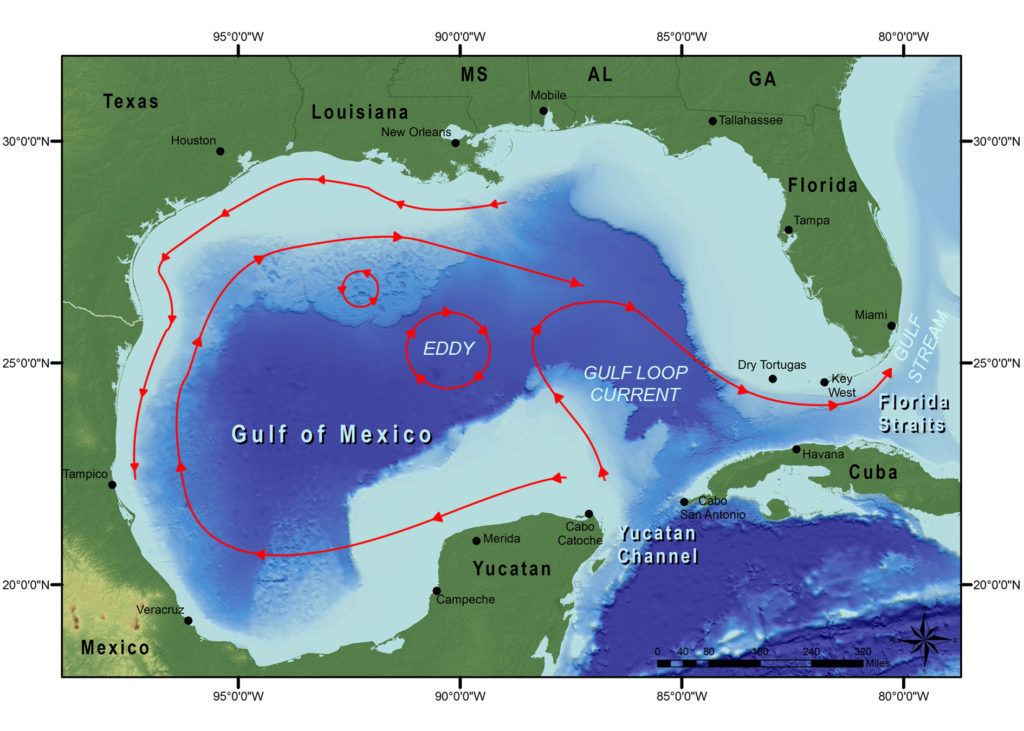Marine Debris and Fisheries
Marine debris is a critical issue facing many coastal areas. Texas has regularly been among the top states with the greatest volume of marine debris on its shorelines and has been shown to accumulate 5-10 times more debris than areas in the eastern region of the Gulf and other U.S. states 1,5.
This has negative impacts on natural resources and humans alike. Marine life, including fish, sea turtles, marine mammals, and seabirds can swallow pieces of trash and experience entanglements. Additionally, trash in our coastal environments is unsanitary and impacts the natural beauty of Texas beaches and waterways, which should remain safe, navigable, and clean for all to enjoy.
Download our recreational fisheries Marine Debris Fact Sheet in English or Spanish.
What is Marine Debris?
Marine debris is any manmade material that is intentionally or unintentionally disposed of or abandoned in the marine environment. Single-use plastics and other disposable products are the most common items identified as marine debris in Texas3. This includes plastic fragments, plastic beverage bottles and their caps, plastic containers, food wrappers, cups, straws, utensils, and cigarette butts4.
Plastics and other land-based trash can be transported to the marine environment through a variety of processes, including improper waste management, littering, runoff, or natural disasters, such as storms or tornadoes. Floating trash is also brought to Texas shorelines through ocean currents. For example, the North and South Equatorial Currents flow westward from Africa to the Americas, circulating waters and debris contained in these waters between continents. This results in marine debris of non-Texas origin being transported to the Gulf of Mexico from afar.
Derelict fishing gear can also contribute to the problem2,4. Derelict fishing gear is any fishing gear that is lost, discarded, or abandoned in the marine environment, such as traps, ropes, nets, and fishing line2. Derelict equipment can continue to fish, trap, or entangle marine life (known as “ghost fishing”), pose navigational hazards, and damage benthic habitats.

Image courtesy of Flower Garden Banks Marine National Sanctuary.
Learn More About:
References
- Hardesty, B. D., Wilcox, C., Schuyler, Q., Lawson, T.J., & Opie, K. (2017) Developing a Baseline Estimate of Amounts, Types, Sources and Distribution of Coastal Litter – An Analysis of US Marine Debris Data. Version 1.2. A Final Report for Ocean Conservancy and NOAA. CSIRO: EP167399.
- NOAA Marine Debris Program. Derelict Fishing Gear. Updated 29 June 2023. https://marinedebris.noaa.gov/types/derelict-fishing-gear.
- NOAA Marine Debris Monitoring and Assessment Project Data. 2023, updated continuously. Texas dataset. Nov 2015 – April 2023. Marine Debris Program, Office of Response and Restoration, National Ocean Service, National Oceanic and Atmospheric Administration. Data accessed 04-18-2023 at https://mdmap.orr.noaa.gov/.
- Ocean Conservancy (2021). International Coastal Cleanup 2020 Report. 32 pp. https://oceanconservancy.org/wp-content/uploads/2021/09/2020-ICC-Report_Web_FINAL-0909.pdf.
- Wessel C., Swanson K., Weatherall T., & Cebrian J. (2019). Accumulation and distribution of marine debris on barrier islands across the northern Gulf of Mexico. Marine Pollution Bulletin, 139, 14-22. https://doi.org/10.1016/j.marpolbul.2018.12.023.
For More Information:
Alexis Sabine
Fisheries Program Manager
Nueces County

